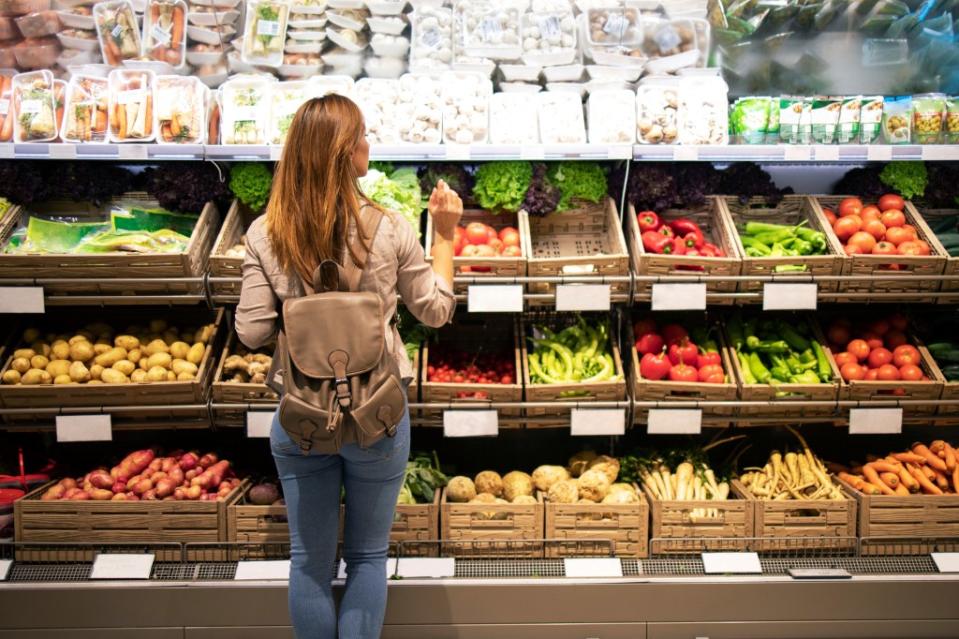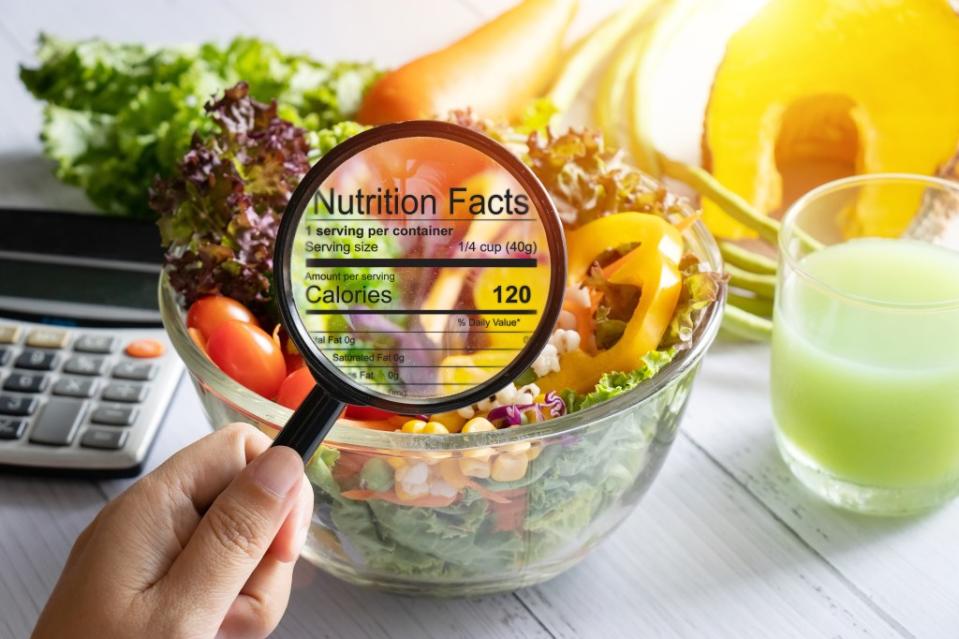Experts break down ‘healthy’ food labels — some are just marketing ploys

There’s healthy, and then there’s “healthy.”
Labels promising “all-natural,” “organic,” “naturally grown,” “non-GMO” and “free-range” ingredients inform shoppers that the food they’re about to consume is certifiably healthy. Or is it?
National Geographic broke down some more common terms on heath food packing to help demystify the health food shopping experience.
Organic
For something to be labeled USD organic it needs to meet a laundry list of requirements and be made of at least 95 percent of organic ingredients.

Organic products aren’t grown with pesticides or fertilizers and they don’t have any artificial colors or preservatives. They’re also not genetically engineered, meaning they are not genetically modified organisms (GMO). However, not all GMOs are organic.
Organic farmers are also required to use processes that “foster resource cycling, promote ecological balance, maintain and improve soil and water quality, minimize the use of synthetic materials, and conserve biodiversity,” the USDA website explained.
While this may sound great, there’s no convincing evidence” that organic foods are safer or have better nutritional value, Robert Paarlberg, an associate in the sustainability science program at the Harvard Kennedy School told Nat Geo.
While the foods have fewer pesticides, those on a budget should focus on finding healthy foods, versus organic foods.

Non-GMO
There’s no nutritional difference between GMO and non-GMO food. They’re also considered as safe as other foods, although some consumers still want to know. The Non-GMO Projects define GMOs as any genetic modification at any point during food production.
Some GMO crops grown in the US, for food and feed for livestock, include corn, soy, and sugar beets.
The way to tell whether or not products have any genetically modified material in their DNA is through. Non-GMO Project Verified label.
Non-GMO foods cost between 10 to 75 percent more, and experts warn that labels are sometimes just a marketing tool.

Certified Naturally Grown
The requirements for Certified Naturally Grown (CNG) are similar to organic and are not produced with chemicals or GMOs.
“Certified Naturally Grown means that the food was grown without synthetic inputs or GMOs and that the practices of the farmer were verified through a peer-review inspection process, Alice Varon, executive director of Certified Naturally Grown, told Nat Geo. The label indicates that it’s grown locally and includes minimally processed or non-processed foods like produce, salsa, honey and sauerkraut.
They don’t do lab testing post production so some food may be contaminated with GMOs due to cross-pollination of GMO corn fields, for example.
Natural and free-range
There’s no formal definition for these terms, according to Chris Berry, associate professor of marketing at Colorado State University.
These terms are sometimes used as a marketing ploy and are unverified and unregulated compared to foods that are USDA organic or CNG.

